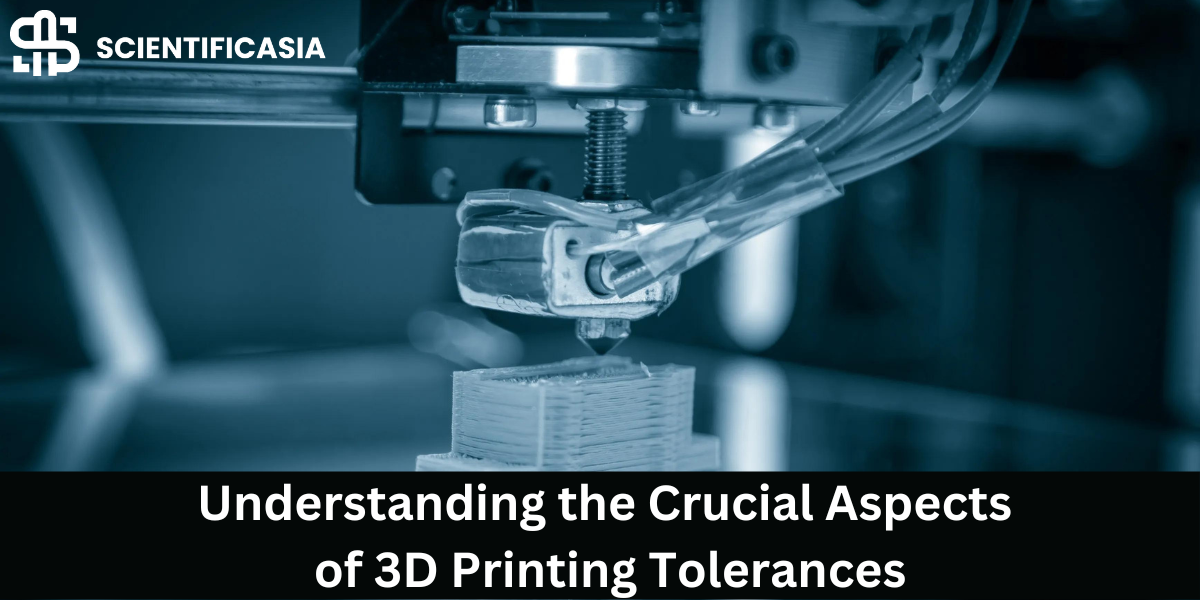In 3D printing technology, accuracy is fundamental to verificating new product development. The significance of maintaining strict 3D printing tolerances is paramount. For companies specializing in plastic prototypes via 3D printing, embarking on projects ranging from initial prototyping to scale manufacturing, the necessity of exact dimensions and high precision is essential. These companies rely on 3D printing tolerances, setting the standards for permissible deviation from the envisioned design. This meticulous attention to tolerances ensures that every component or prototype meets the rigorous demands of functionality and aesthetics, marking the difference between success and revision in the fast-paced world of product development. Let’s explore further the impact of 3D printing tolerances and their vital role in enhancing the outcomes of projects handled by plastic prototype companies.
Understanding 3D Printing Tolerances
Before diving deeper, allow us to establish what we imply through tolerances within the context of 3D printing. Tolerances talk to the ideal variety of versions in dimensions for a given component or item. In other words, the sizes of printed parts would be larger or smaller than the CAD-designed files. The closer they are, the higher the tolerances. In less complicated phrases, it is the diploma of accuracy you can anticipate while translating a virtual design into a physical object with a 3D printer.
Factors Affecting 3D Printing Tolerances
Several factors affect the tolerances manageable in 3D printing. Before going to the process, you should consider them first to ensure the expected result.
Printer Precision
The pleasantness and calibration of your 3D printer play a massive position in figuring out plausible tolerances. Higher-end printers with superior features provide more precision.
Material Properties
During the printing process, different substances such as shrinkage, warping, and thermal growth can occur. Understanding those residences is vital for accomplishing correct consequences.
Print Settings
Parameters such as layer height, nozzle diameter, and print speed directly impact the constancy of your prints. Fine-tuning those settings will let you acquire tighter tolerances.
Design Complexity
Intricate designs with complicated geometries can also pose demanding situations in retaining tight tolerances. Simplifying designs or optimizing help systems can mitigate ability troubles.
If you don’t fully understand the above factors, you can turn to your prototyping vendor such as plastic prototyping companies for help.
Top Profitable Blockchain Business Ideas To Generate Huge Profit
Optimizing Tolerances for Your 3D Prints
Achieving the most suitable tolerances requires meticulous planning, precise calibration, and non-stop refinement. Here are some tips to help you beautify the accuracy of your 3D prints.
Calibrate Your Printer Regularly
Periodic calibration ensures that your printer is operating at its complete capability. Pay interest to bed leveling, extruder calibration, and belt tension for constant effects.
Choose the Right Material
Selecting the correct material for your software is critical. Consider elements including strength, flexibility, and dimensional balance when choosing a filament.
Fine-Tune Print Settings
Experiment with distinctive print settings to locate the optimum configuration for your necessities. Adjust parameters such as layer top, infill density, and cooling settings to attain the preferred effects.
Iterate and Refine
Don’t be afraid to iterate for your designs and printing parameters. Learn from each print iteration and make incremental changes to enhance tolerances through the years.
Conclusion
In 3D printing, mastering the nuances of 3D printing tolerances is pivotal for fabricating components that meet the highest quality and precision engineering. A thorough grasp of 3D printing tolerances, usually measured in millimeters (mm), is indispensable. This knowledge ensures the production of parts that adhere strictly to specified dimensions, thereby unlocking the full capabilities of additive manufacturing technologies. By comprehensively understanding the factors that influence these tolerances, especially the critical aspect of 3D printing tolerances in mm, and implementing best practices for their optimization, you can elevate the performance of your 3D printing processes. Precision is not merely an endpoint but a continuous journey toward excellence in additive manufacturing.
Read More:









